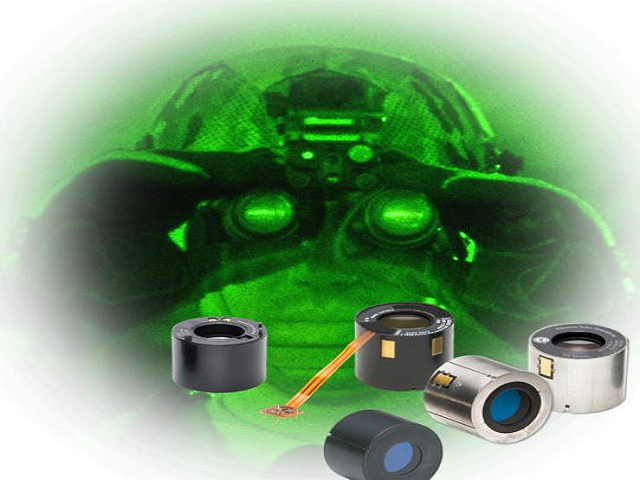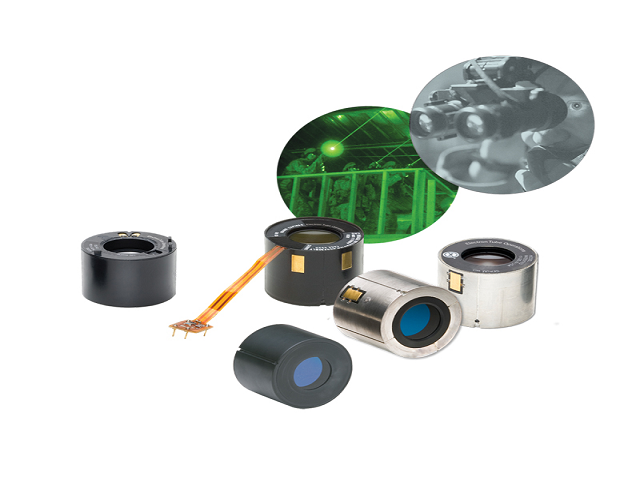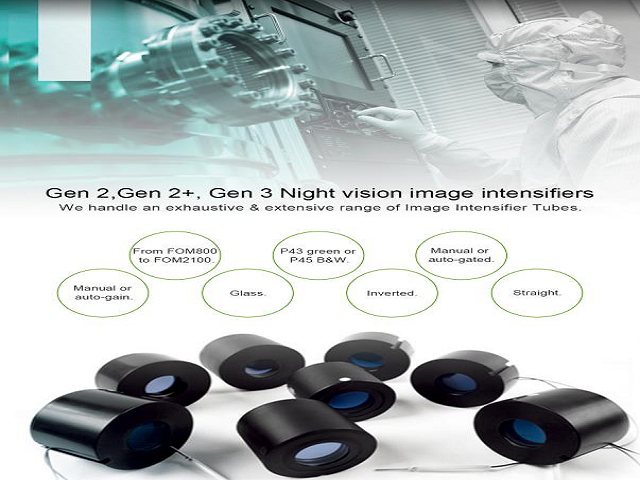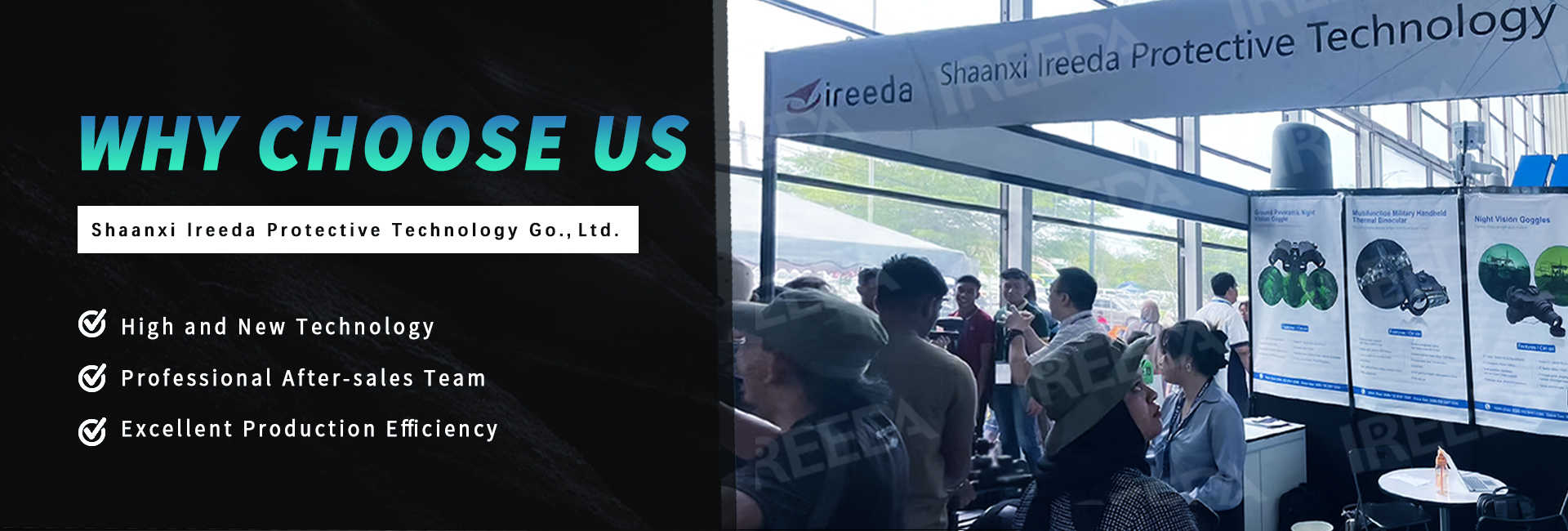DA-NT Image Intensifier Tubes
WhatsApp/ Wechat: 0086-18291418396
An image intensifier or image intensifier tube is a vacuum tube device for increasing the intensity of available light in an optical system to allow use under low-light conditions, such as at night, to facilitate visual imaging of low-light processes, such as fluorescence of materials in X-rays or gamma rays (X-ray image intensifier), or for conversion of non-visible light sources, such as near-infrared or short wave infrared to visible. They operate by converting photons of light into electrons, amplifying the electrons (usually with a micro channel plate), and then converting the amplified electrons back into photons for viewing. They are used in devices such as night-vision goggles.

Image intensifiers convert low levels of light photons into electrons, amplify those electrons, and then convert the electrons back into photons of light. Photons from a low-light source enter an objective lens which focuses an image into a photocathode. The photocathode releases electrons via the photoelectric effect as the incoming photons hit it. The electrons are accelerated through a high-voltage potential into a micro channel plate (MCP).

Photons from a low-light source enter the objective lens (on the left) and strike the photocathode (gray plate). The photocathode (which is negatively biased) releases electrons which are accelerated to the higher-voltage microchannel plate (red). Each electron causes multiple electrons to be released from the microchannel plate. The electrons are drawn to the higher-voltage phosphor screen (green). Electrons that strike the phosphor screen cause the phosphor to produce photons of light viewable through the eyepiece lenses.

There are two types of DA-NT image intensifier tubes, Gen2 and Gen3, and the image is green. DA-NT can effectively assist users in observing, reconnaissance terrain, targets, etc. at night. Users can also integrate image tubes according to their own needs to develop and produce new night vision products.DA-NT tubes are available with green or white phosphors, thin or filmless. Each tube has the advantage of FOM or digital. This number is calculated by multiplying the signal-to-noise ratio by the resolution of the image intensifier, and the Fom number allows a quick estimate of the general performance level of the tube. Each order will come with a space sheet stating the characteristics of the tube and its compliance with the advertised specifications.

Specification:
Image Intensifier Tube Specification
Item
Gen2+ Image Intensifier Tube
Real Gen3 Image Intensifier Tube
Resolution
51-60 lp/mm
60-64
60-74 lp/mm
Signal to Noise Ratio
20
23
31.66
Sensitivity
650μA/lm
700
1816 μA/lm
Quality Factor(FOM)
1000
1600
1900
Operating Voltage
2.3-3.4V
2.2-3.4V
2.5-3.5V
Working Current
25mA
28mA
Brightness Gain
8000-12000 cd/m²/lx
12045 (@x 10-5 Ix) cd/m²/lx
Maximum Output Brightness
4-8 cd/m²
7.4 cd/m²
Equivalent Background Illumination
0.25 μ lx
1.4*10-7 μ lx
Brightness Uniformity
3:1 < (Unknown) id =0 class=font0>
1.23 (@2856K) < (Unknown) id
=0 class=font0>
Cathode Effective Diameter
17.5mm
17.8 mm
Phosphor
P43/P45
P22/P43/P45
P43/P45
Weight
85g
72.8 g
Dimensions
See the designnon-automatic gate
See the design
Small High Voltage Power Supply
Non-automatic gate (Automatic gate is optional)
Automatic Gate
WhatsApp/ Wechat: 0086-18291418396

